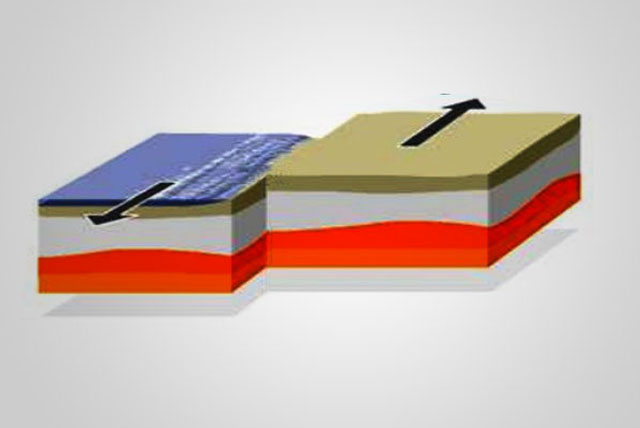
Expect Increased Volatility As We Move Into a new “Normal”
Corporate earnings and economic growth are not always easy bedfellows; often an increase in one precedes an increase in the other, and vice a versa.This ‘normal’ action causes both volatility and investment opportunities over time. It is not uncommon however for these two “tectonic plates” to stick, then shift violently to cause severe spikes in market volatility and value. A catalyst typically precedes such events.Following three months of seismic activity and pre-shocks we finally witnessed a huge shift this summer as the realisation dawned that economic growth was failing to keep pace with much improved corporate earnings (global credit issues a probable catalyst). Having gyrated in a broad band for much of the year, equity markets capitulated with many recording losses of 10% in less than a week.With much of the pressure having been released will markets revert to normal or can we expect further after-shocks?
In the two years following the last recession companies responded to a drop in consumer spending by aggressively cutting costs and reducing the number of employees. By maintaining productivity, they were able to fully exploit the ensuing growth in consumer demand (itself induced by government stimulus) to rebuild balance sheets, reduce debt and subsequently report record profit margins – companies have never had it so good. Indeed in the US, 69% of S&P 500 component companies have reported earnings better than analysts expected, and overall earnings are up 18.9% from last year’s levels. With earnings outlooks similarly positive one would expect earnings to remain their upward momentum for the remainder of the year. However over the last six months we have had warning that economic growth was becoming less supportive to this thesis than originally thought – such dichotomy resulted in the modest volatility (or pre-shocks) we experienced prior to August.
With most observers firmly focused on the sovereign credit crisis developing in mainland Europe and the debt down grade on the other side of Atlantic, pressure grew between GDP and corporate earnings. When this pressure could no longer be contained something had to give; and ‘give’ spectacularly. As GDP growth expectations diminished, risk appetite rapidly dried up resulting in significant equity market declines with investors preferring the perceived safety of government debt (treasury yields in the US falling to record lows despite the much debated S&P downgrade) and even precious metals with gold hitting record highs.
News that growth German GDP was hardly recordable in the second quarter (a similar situation to that of the UK) adds to the slower growth argument. Such a pessimistic view is equally supported in the US where economic data is looking weaker; the University of Michigan’s consumer sentiment index for August plunged to its lowest level in thirty years – let us not forget that consumption accounts for more than two-thirds of US economic growth.
Such a sizable seismic event, as the one we witnessed over the last weeks, will continue to send ripples through financial markets for the remainder of the year and herald a period of slower economic growth. However we would not expect volatility to be as excessive going forward given corporate earnings expectations will now follow GDP expectations lower. What we do not believe it marks however is the start of another financial collapse (aka 2008) nor the beginning of a ‘double dip’ recession.
During such periods of inflexion medium to longer-term portfolios can become temporality disconnected from their underlying markets as assets become priced not based on fundamentals but rather on short-term sentiment; are UK Gilts, for example, attractive given a 2.47% yield and inflation running at 4.4%? Even if we see inflation fall over the medium term (as repeatedly forecast by the BoE) once can easily surmise some capital destruction.
DOWNLOAD THE
August 2011 INVESTMENT NOTE
 Tectonic Plates
Tectonic Plates
Insider Trading?
